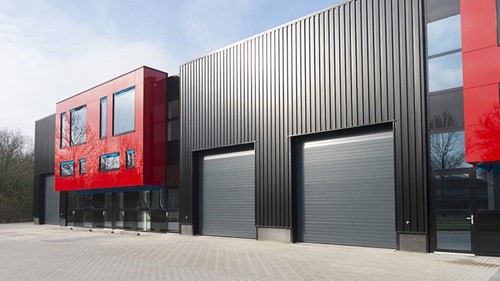What you need to know about investing in medical centres
Medical centres are some of the most targeted commercial property assets, with investors attracted by stable tenancies and strong rental returns, but they're not foolproof. Here’s what you need to know to make sure they’re a good investment.
Medical centres are some of the most targeted commercial property assets, with investors attracted by stable tenancies and strong rental returns, but they're not foolproof.
Here’s what you need to know to make sure they’re a good investment.
Recession proof assets
Medical professional tenants in most cases are not as susceptible to the economy's ups and downs. For example, if there’s a recession, most discretionary spending based tenants (e.g. fashion retail, tourism businesses, jewellery stores and restaurants) will suffer falls in revenue.
But medical tenants on the other hand (e.g. general practitioners, dentists, day surgeries, pharmacies and other allied medical specialists) will continue as they are essential to one’s health.
So customers will prioritize their money on health spending vs other discretionary based spending.
Price point
Medical properties can cost as little as $300,000 for a small office suite all the way up to tens of millions of dollars for large, freestanding, purpose-built medical centres.
Whatever your budget, one thing to understand is that yields are often lower for medical centres because people pay more for medical (paying for their security) versus other types of tenants.
Tenants
Aside from being much more stable tenants, they can be harder to replace if you lose your medical tenant.
If you unfortunately need to replace a tenant you have lost, often there is a smaller pool of medical tenants to choose from vs retail or office tenants.
This can mean longer potential vacancy periods because it can be harder to replace them.
In the case you might lose a medical tenant and replace them with a non medical tenant, this could devalue your asset.
So make sure your property has all the fundamentals needed to attract another like for like tenant.
Leasebacks
A leaseback is when an owner occupier tenant decides to sell the property and lease the property back off the investor.
This is a way of cashing out of the property without losing the business location. There are many leasebacks in the medical space. Our tip is to find out the reason why the owner is selling.
Because you wouldn't want to buy it from an owner who then becomes your tenant who shortly after closes their business down.
Fitouts
Make sure the tenant has an up to date or functional fit out for their clients’ needs. One big positive about medical tenants is they often have very expensive fitouts.
The more expensive the fitout, the less likely it is for a tenant to want to leave their location.
For example, a dentist might have a fitout worth hundreds of thousands of dollars, which means they need to stay put in that location for many years to justify that expensive initial fitout.
Competition
Make sure there is not an oversupply of other medical zoned buildings in the area. For example, if you are purchasing a GP clinic you should see what other medical zoning properties are out there which could become the competition.
I remember a property we were looking to purchase for our client. It was a freestanding medical centre about 30 years old.
All looked good on paper until we found out that there was a brand new medical centre being built 500 metres down the road.
We then found out that the developer had already received interest from the doctor in our building to lease out the new property once completed. So of course, we didn’t proceed with that risky purchase.
Zoning
Often zoning for medical tenants is more restrictive than for general retail even though they can be in similar locations so make sure to thoroughly check this out first.
Case study ‘Rare high yielding healthcare asset with multiple long leases’
We acquired a high-yielding asset (7.4% net) with a five-year lease to a government-run anchor tenant for a valued client for $8,250,000.
The asset also had an optometrist, a cafe and room for another medical specialist to move in.
Originally purpose built for its anchor tenant, the a-grade medical building of just 11 years had 74 car parks, a prime corner location, and multiple medical tenants.
After all the outgoings were taken out (including the interest costs on a 70 per cent debt), our buyer was left with an impressive $620,000 per annum passive income.
This investment is the perfect example of the medical assets we like to buy; recession proof properties with a defensive income profile.
This one in particular should remain consistent long into the future, plus good depreciation due to the age and quality of the building.
Negotiated price: $8,250,000
Current rent: $620,000 net per annum + GST
Current yield: 7.43 per cent net




















